Technology and project updates from U-M Library Information Technology.
Library Tech Talk
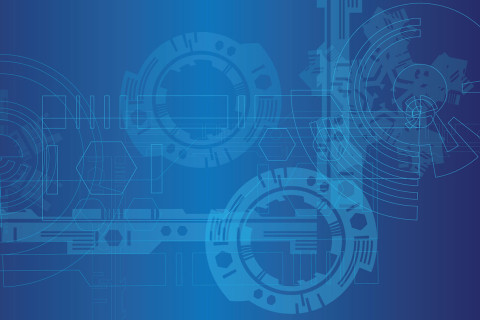
Posts in Library Tech Talk
Showing 41 - 50 of 137 items
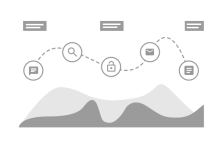
- Ben Howell
How does a library present the right information to patrons at the right time and place in the face of changing services, new technologies and vendors? User Journeys provide a way to create and improve what information, services and tools will help users on their path to the resources and services they seek. Find out what insights our team gained from developing User Journeys and we'll tell you about tools, resources and templates you can use to make your own!

- John E Leasia
Operations staff and LIT’s LTIG (Learning Technologies Incubation Group) started work in April 2015 to define and build a Drupal-based Course Reserves request and processing system. Operations staff at Shapiro Undergraduate, Fine Arts, Music, Art, Architecture & Engineering, and Taubman libraries recently started using the new tool to capture and manage Course Reserves requests from faculty.

- Trevor Dobias
This post is a brief overview of the process in designing for large web-based systems. This includes understanding what makes up an interface and how to start fresh to create a good foundation that won't be regrettable later.
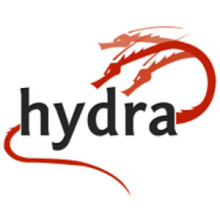
- Kayla Renee Ondracek
The open source software Hydra is, by its name and nature, modular and complex. Using this technology gives the University of Michigan the opportunity to participate in the development of an increasingly-adopted suite of tools with the flexibility to accommodate a host of needs and engage in the spirit and philosophy of open source software development. With open source, we must concern ourselves not just with our own institution’s needs and priorities, but those of a broader community.
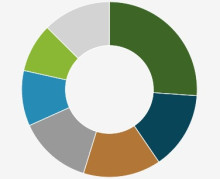
- Meghan JK Musolff
For the past year, the University of Michigan Library IT (LIT) division has been devoting time & resources to conducting a thorough self-assessment. These efforts have included discussions focused on our application infrastructure, our division communication patterns, and our service workflows. And while these discussions were instrumental in helping identify challenges and potential solutions, we wanted to begin to collect hard data to help better understand the complexity of our work.
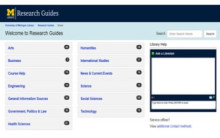
- Lisa Campbell
Over the past few years, the University of Michigan Library has progressively updated and enhanced the way we manage our subject, course, and specialized information guides with Springshare's LibGuides product. This post talks about the various customizations and integrations we've made along the way.

- Kat Hagedorn
In an upcoming LTT blog post (hopefully, before the end of the calendar year), we will discuss U-M Library's process of enabling page insertions to Google volumes for our HathiTrust Digital Library.
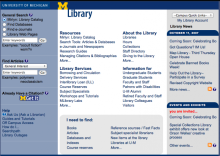
- Colin Smith Fulton
The next version of Mirlyn (mirlyn.lib.umich.edu) is going to take some time to create, but let's take a peek under the hood and see how the next generation of search will work.
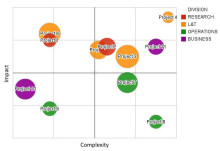
- Meghan JK Musolff
In the Fall of 2014, the University of Michigan Library IT unit launched a new initiative called the “Front Door process.” The name resulted from our desire to create a centralized space or “Front Door” through which Library colleagues can submit project requests. With an eye towards increasing transparency, LIT developed this new process with three goals in mind: gather IT project requests into a centralized space, provide a space for a simplified IT project queue or workflow, and have both spaces accessible to everyone in the Library.
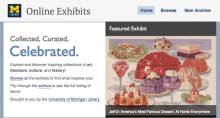
- Nancy Moussa
Omeka is a content management systems (CMS) that facilitates the creation of online exhibits. Traditionally, exhibit creators needed to have web design skills to create a webpage. Using Omeka, the process for creating exhibits websites is simpler, which allows exhibit creators to easily extend the presence of our physical objects.